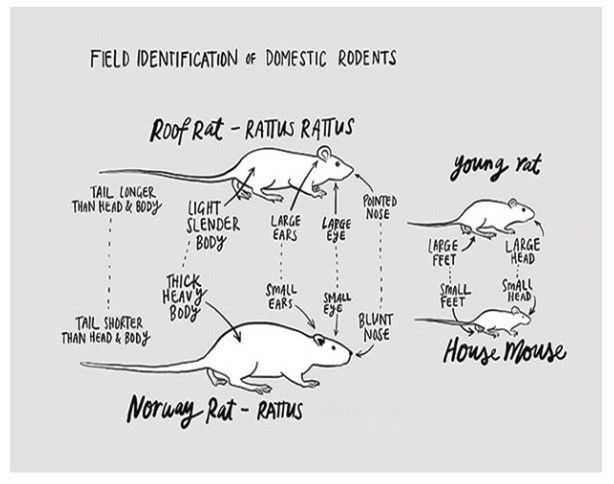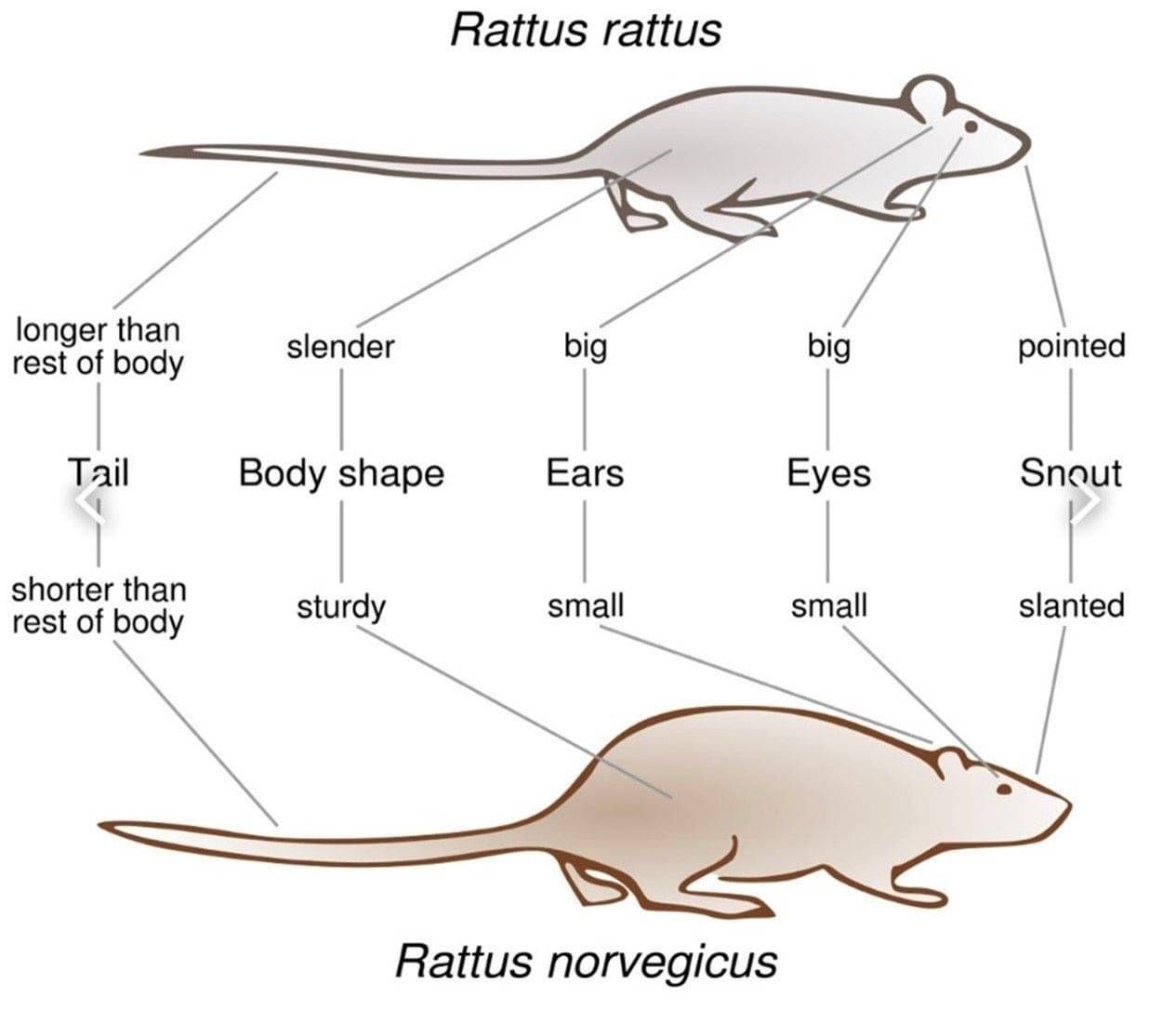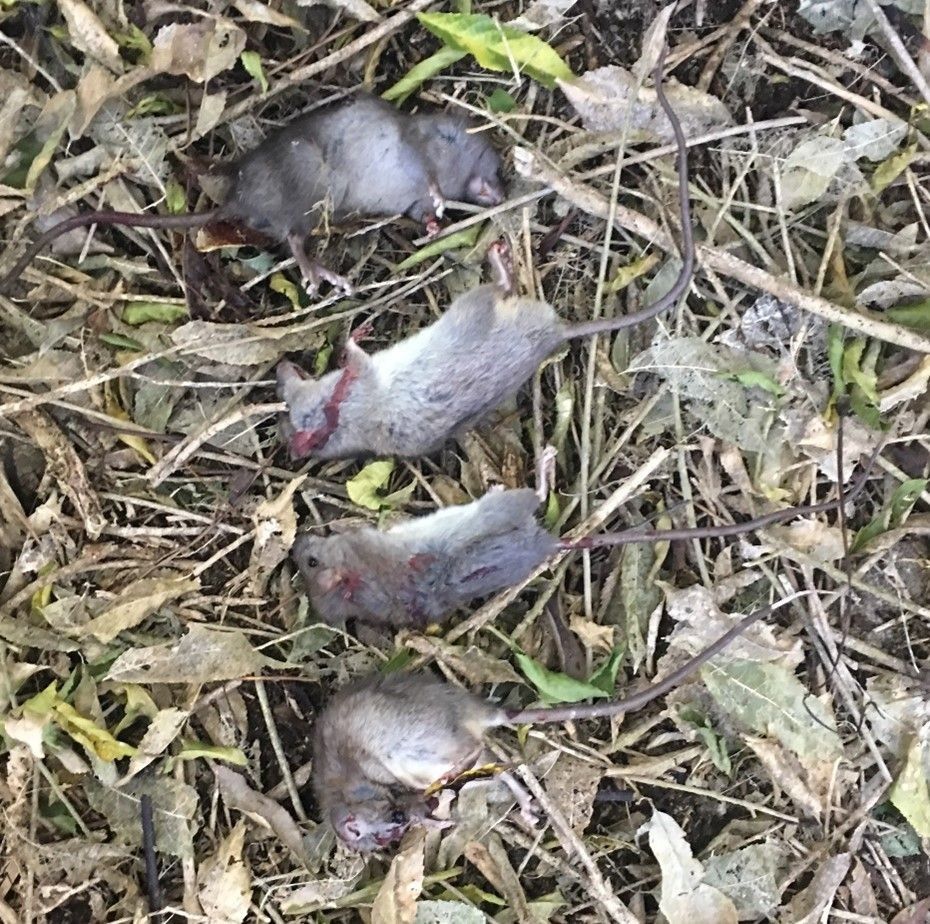Rats
Common name: Rat (Norway, Ship/Roof and Kiore)
Scientific name: Rattus norvegicus, Rattus rattus, Rattus exulans


Why are they a pest?
Not only do they nibble away at your cheese, they also eat our native plants and animals, in particular birds and their eggs, lizards and invertebrates (animals without a backbone or bony skeleton). They can eat massive amounts of native seeds meaning fewer native plants grow. Rats will eat whatever they can find and eat 10% of their body weight a day which also means they are in competition with other species for food. Norway rats start breeding as young as three to four months old and can have 15-20 babies per year.
How can I control them?
Bait Stations: Along Spencer Road there are about 400 bait stations that are baited with DITRAC. DITRAC has the active ingredient Diphacinone is a poison that bio accumulates in the body. That is the rodent needs to ingest the bait four or five times to receive enough of a dose to kill them. This is not a knock-down bait and its effectiveness is based on bodyweight hence the amount to kill a mouse is significantly less than say a dog. Even a dog scavenging a dead rat is not enough to kill them and the active ingredient loses effectiveness over a relatively short time hence the need for the rats to be hungry and actively seeking out bait.
Trapping: trapping is also a good method but it is not as efficient as baiting given that you are potentially only catching one rat at a time. There are a number of good rat trap options. Whatever bait you use make sure it is high fat and high smell – like peanut butter !
Norway rats have brown fur on their back and pale grey fur on their belly. They are much larger than ship rats, with adults usually weighing 150-300g but can be over 500g and up 390mm long. Unlike the ship rat, their tail is shorter than their body.
Ship rats are the most common rat in New Zealand. They are slim with large hairless ears and are either black all over or have grey-brown fur on their back with a creamish-white belly. The adults usually weigh about 120-160g but can be over 200g. Their tail is longer than their body.
Kiore is the Māori name for the Pacific or Polynesian rat. They have brown fur with white-tipped grey fur on their belly, and pale feet with dark markings on the outer edge of their back feet. They are smaller than to other rats in New Zealand growing to a maximum length of 180mm (not including their tail) and they usually weigh about 60-80g but can get up to 180g. Kiore are sometimes confused with ship rats and a way to tell them apart is that their tail is shorter than their body.
Photos on this page are from a couple of kills from our rat traps along Spencer Road.
The picture above is a roof rat from a resident’s property. The four little rats (right) were caught by a Good Nature trap in the Rangiuru Bay Reserve.

